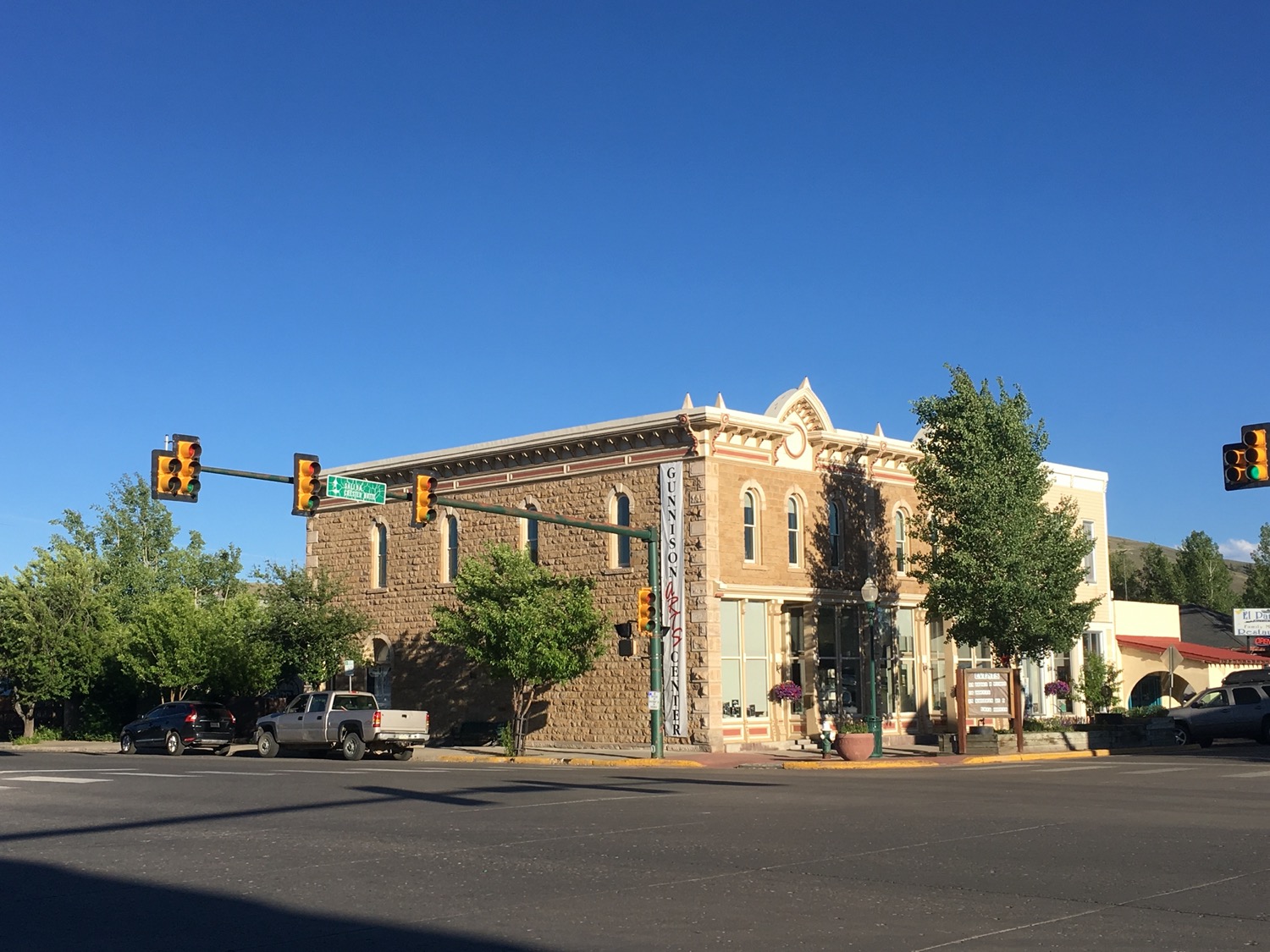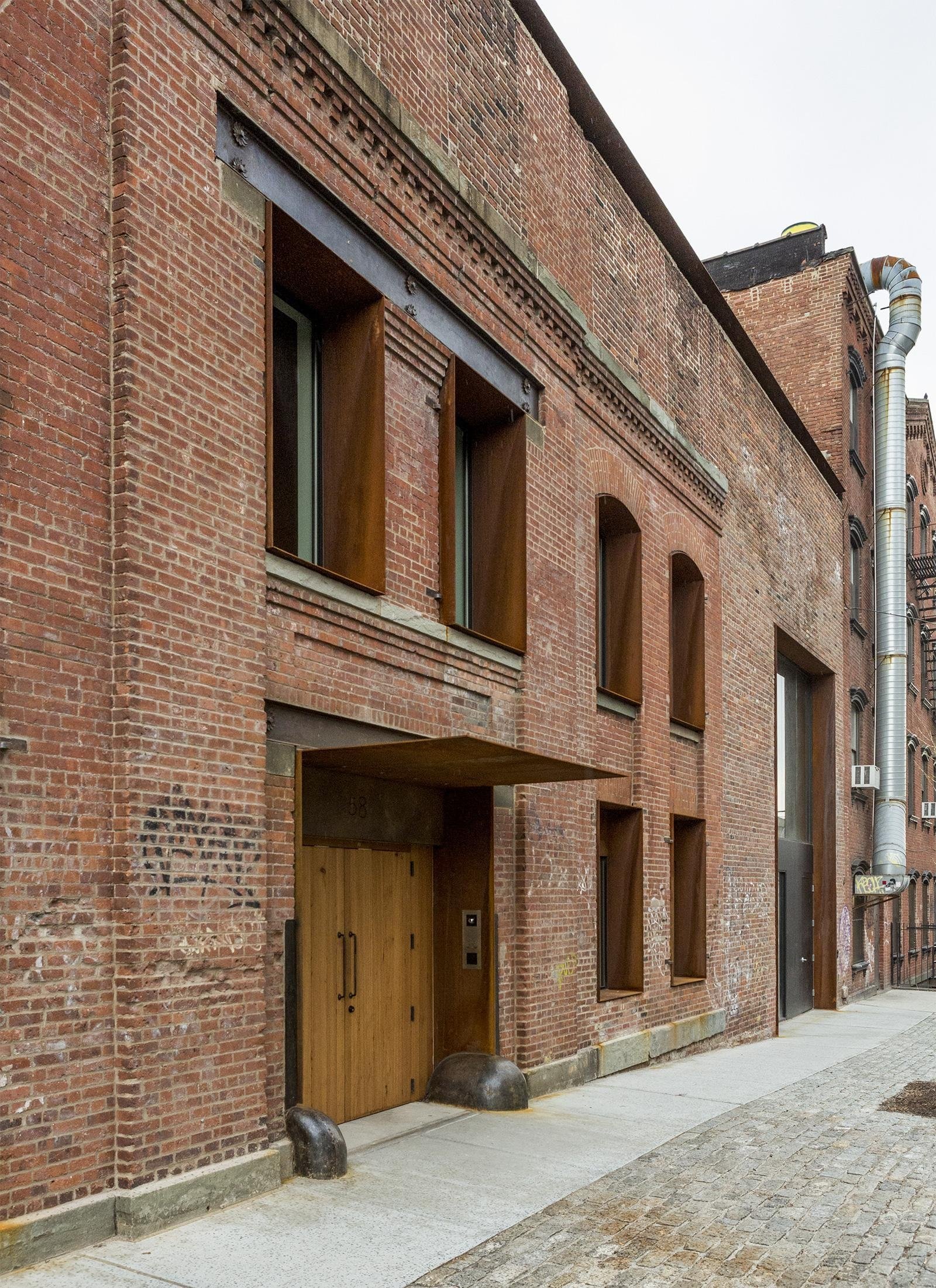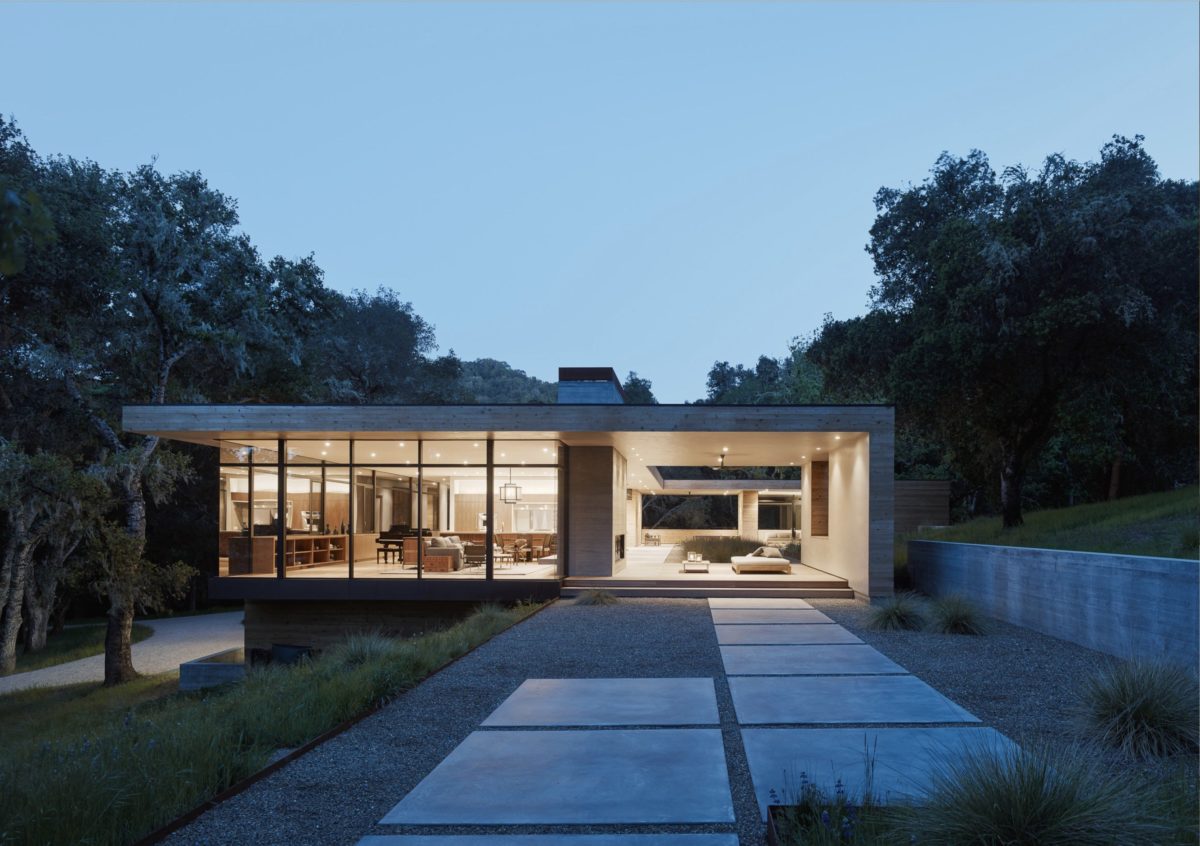How Does Architecture Respond To The Principles Of Historic Preservation?

The Gunnison Hardware Building is steeped in history and at the forefront of Gunnison’s downtown cultural efforts. With meticulous design and exceptional attention to detail, Jody Reeser Architect has created a space that pays homage to its heritage while remaining relevant to modern needs.
In this post, we’ll explore the history behind the Gunnison Hardware Building, the challenges of modernizing a historic structure, and the importance of preservation in today’s society.
History
The Gunnison Hardware Building was first constructed in 1883 as a general store for E. S. Elmer, a local entrepreneur and early settler of the Gunnison Valley. At the time, the area was just beginning to experience growth, and the building became a focal point for the town’s bustling economy.
Over the years, the building has housed a variety of businesses, ranging from a clothing store to a sporting goods retailer. Despite several modifications to its original structure, the building has remained a beloved symbol of Gunnison’s history and identity.
Modernization
Modernizing a historic building comes with unique challenges, particularly when attempting to preserve it in its original state. One of the first challenges is ensuring that the design is compatible with current safety codes and regulations. In addition, modernizing a building may mean making significant alterations to the original structure. It is essential to balance the need for functionality with the desire to maintain the building’s historical significance.
The architects at Jody Reeser Architect struck an exceptional balance between preserving the building’s historical integrity and incorporating modern design elements. They carefully blended the original structure's ornate facade with modern materials, achieving a harmonious balance between old and new. A perfect example of this is the addition of large windows that provide plenty of natural light while still fitting in with the historic building's overall aesthetic.
Preservation
Preserving historic buildings is more than just maintaining their physical structure; it is about honoring the memories and stories that are connected to them. Historic structures are a link to the past, and they contribute to a community's sense of identity. By preserving these buildings, we can keep alive the people, events, and cultural movements that have shaped our communities over time.
Preservation is also an environmentally responsible decision. By reusing existing buildings, we reduce the amount of energy and resources required in new construction. Additionally, preserving historic buildings often leads to increased tourism and economic development in the surrounding area.
Benefits of Historic Preservation
Community Identity and Sense of Place
Historic buildings are a critical part of a community’s identity and sense of place. They tell the story of the past, present, and future of a community, and their history is often tied to the collective memory of its residents. By preserving historic buildings, we maintain this connection to the past and help shape the future of our community.
Economic Development
Historic preservation also has significant economic benefits. Restoration of historic properties often leads to increased tourism to the area, which, in turn, generates revenue for local businesses. Furthermore, the rehabilitation of historic buildings often results in new job opportunities, thus contributing to the overall economic vitality of the community.
Environmental Responsibility
Preservation is also responsible for the environment. By reusing existing buildings, we reduce the amount of energy and resources required for new construction. Historic buildings often have unique architectural features that help to mitigate the negative impacts of climate change, such as natural ventilation and shading. Preserving these buildings contributes to the overall health of our planet.
Cultural and Educational Value
Historic buildings also have significant cultural and educational value. They provide a tangible link to the past, allowing us to better understand our shared history and heritage. In addition, historic structures often embody unique architectural styles and techniques that are no longer in use. By preserving these buildings, we ensure that future generations can learn from past architectural practices and appreciate our shared cultural history.
FAQ
Why is historic preservation important?
Historic preservation is essential because it connects us to our past and helps us better understand our shared history. Preserving these buildings also has significant economic, environmental, and cultural benefits.
How can I contribute to historic preservation?
There are many ways to contribute to historic preservation. You can support local historic preservation organizations, participate in heritage tourism, and educate yourself and others about the importance of historic preservation. You can also advocate for the preservation of historic buildings in your community by attending local meetings and speaking out in support of preservation efforts.
Why is modernization necessary?
Modernization is necessary to ensure that historic buildings remain functional and useful in today's society. It allows us to adapt to changing needs and technologies while still preserving the building's historical significance.
How do you balance modernization with preservation?
Balancing modernization with preservation is a delicate process. It requires careful consideration of the building's historical significance, its architectural features, and the needs of the community. Architects and preservationists must work together to find solutions that meet both current needs and respect historical integrity.
What are the benefits of historic preservation?
Historic preservation has significant economic, environmental, and cultural benefits. It contributes to a community's sense of identity and place, generates revenue for local businesses, is environmentally responsible, and provides educational and cultural value.
Conclusion
Historic preservation is crucial to preserving our cultural heritage and sense of identity. The Gunnison Hardware Building is an excellent example of how modernization can be balanced with preservation to ensure that historic structures remain relevant in today’s society. By preserving our past, we create a better future for ourselves and future generations.



Post a Comment for "How Does Architecture Respond To The Principles Of Historic Preservation?"